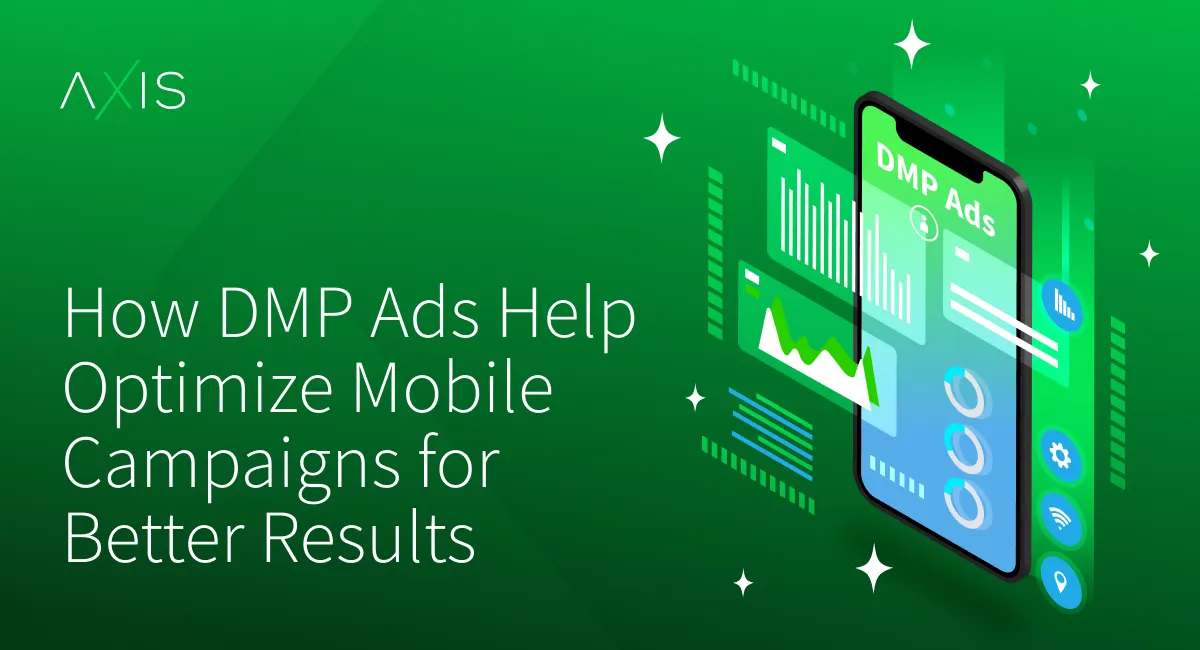
The rise of mobile usage has redefined how consumers interact with digital content. As of 2025, mobile devices account for over 60% of global digital ad spending, and brands are increasingly shifting their focus to optimize mobile campaigns. One of the most effective ways to achieve better mobile ad performance is through Data Management Platforms (DMPs) and their integration with programmatic mobile ads and mobile DSP companies.
The Landscape of Mobile Advertising in 2025
Mobile advertising is no longer just a trend—it’s the core of digital marketing. Consumers spend more time in apps than on desktop browsers, and marketers have adapted by deploying mobile-specific strategies. This includes:
In-app ads that integrate natively within the user experience.
Interstitial ads that offer high visibility.
Programmatic mobile ads that enable real-time bidding and advanced targeting.
But to truly leverage these formats for performance, brands need smarter data and more precise delivery mechanisms—enter DMPs.
What Are DMP Ads and How Do They Work?
Data Management Platforms (DMPs) aggregate and analyze data from multiple sources, including first-party data (like CRM and website behavior) and third-party data (such as external demographics or behavior data). When paired with Demand-Side Platforms (DSPs), especially those tailored for mobile, they allow advertisers to:
Build audience segments based on behavioral insights.
Target users at the right moment and on the right device.
Personalize ad creatives depending on user journey or app activity.
Why In-App Advertising Is More Effective
Mobile users spend nearly 90% of their device time within apps—ranging from social media and gaming to finance and productivity. This behavior shift has made in-app advertising not only more visible but also significantly more engaging than mobile web ads. In contrast to mobile web environments, apps offer a more immersive, personalized, and data-rich context, which marketers can harness to drive stronger performance.
In-app ads benefit from more consistent and persistent identifiers such as IDFA (for iOS) or GAID (for Android), enabling advertisers to build stable user profiles over time. This reliability helps reduce data fragmentation and improves targeting accuracy, which is especially critical as third-party cookies continue to phase out across the digital ecosystem.
Mobile DSP companies capitalize on this by integrating SDKs directly within popular apps. This provides access to first-party, real-time contextual data, allowing advertisers to optimize placement, creative, and timing. For example, showing an interstitial ad for a meditation app right after a user completes a productivity session in a task manager app taps directly into emotional readiness.
Additionally, app environments generally enjoy faster load speeds and fewer technical inconsistencies compared to mobile web, resulting in smoother ad delivery and better viewability scores. Combined with programmatic tools, advertisers can dynamically adjust bidding and creative elements based on real-time app behaviors, making in-app environments not only more effective but more agile.
In summary, in-app advertising wins by offering:
Persistent user identity for long-term targeting.
Richer behavioral signals to inform personalization.
Better viewability and performance metrics.
Contextual alignment with user mindset and app content.
With the support of modern DMPs and programmatic DSPs, brands can make in-app ads not just a media tactic, but a cornerstone of their mobile strategy.
Programmatic Mobile Ads Meet DMP Intelligence
Combining DMPs with programmatic buying unlocks several powerful capabilities:
Audience Precision: You’re no longer targeting broadly defined demographics. Instead, you can reach users who are, say, parents of toddlers who frequently use fitness apps and shop online in the evening.
Performance Insights: DMPs allow real-time performance tracking, so you can adjust creative elements, timing, and bids based on what's resonating.
Dynamic Creative Optimization (DCO): By feeding behavioral data into creative engines, advertisers can serve hyper-relevant content dynamically.
Tips to Optimize Your Mobile Campaigns Using DMPs
Start With Clean Data: Ensure your first-party data is structured and accurate. Garbage in, garbage out.
Build Micro-Audiences: Instead of broad categories, use behavioral triggers like "abandoned cart," "high LTV," or "frequent app openers."
Leverage Retargeting Intelligently: DMPs help create sophisticated retargeting loops based on recent in-app activity, boosting conversion rates without spamming users.
Test Interstitial Placement: Use A/B testing to find optimal timing and placement that doesn't disrupt user flow.
Collaborate With Mobile DSP Companies: Platforms like Liftoff, InMobi, and Smadex offer strong DMP integrations and tools tailored for mobile-specific KPIs like install rates and ROAS.
Real-Life Brand Examples
Nike Run Club & InMobi
Nike leveraged InMobi's mobile DSP and DMP capabilities to promote its Nike Run Club app. Using behavioral data from fitness enthusiasts, they served interstitial ads promoting app downloads after detecting fitness app usage. The campaign increased app installs by 37% with a 28% lower CPA than previous campaigns.
Duolingo & Liftoff
Language learning app Duolingo partnered with Liftoff to use programmatic mobile ads enhanced by DMP data. They segmented audiences based on usage habits (such as daily active users in educational apps) and served in-app video ads to Android users in Latin America. The result? A 40% boost in conversions and improved engagement retention after install.
Domino’s Pizza & Smadex
Domino’s wanted to boost app orders during late-night hours. Smadex used DMP data to identify night-time app users with a history of food delivery purchases. Using interstitial ads within entertainment and news apps, Domino’s saw a 33% lift in late-night mobile orders.
Final Thoughts: A Data-Driven Future
As mobile continues to dominate digital interaction, brands that fail to adopt DMP-enhanced programmatic buying will struggle to stay relevant. Programmatic mobile ads, when executed through sophisticated mobile DSP companies and informed by deep behavioral data, create personalized, timely, and effective ad experiences.
In-app ads—particularly interstitials—remain potent tools in the mobile advertiser’s arsenal, but only when contextually timed and user-optimized. By focusing on clean data, granular segmentation, and smart partnerships with mobile DSP platforms, brands can elevate their mobile marketing game and drive measurable, scalable results.
For those looking to scale efficiently in 2025 and beyond, integrating a DMP with your mobile DSP strategy isn’t just smart—it’s essential.